Origins of the project
In the last decades, we have seen two developments affecting the study of Hebrew Bible manuscripts. Firstly, there is the widespread availability of digitised Hebrew manuscripts on the internet. For example, the collections of the Vatican Library, the libraries of Oxford University, the British Library, Cambridge University Library and the National Library of France are easily accessible online. Secondly, various databases have been created which are dedicated to medieval Hebrew manuscripts in general, not specifically to biblical items. This development started in the early seventies of the previous century with SFAR Data and, in the past decade, the Friedberg Genizah Project and Books within Books databases, amongst others, have been launched. These two advancements have made it possible and desirable to reassess the systematic study of the medieval Hebrew Bible manuscripts that are widely available on the web, from an equally renewed collaborative and transversal perspective.
The great biblical scholar and Masorete Gérard E. Weil commenced working on a systematic study of Hebrew Bible manuscripts, preparing in the early 70’s a “Catalogue général de la Bible hébraïque et du Tafdeveloppedrgum, dans les collections publiques et privées”. Unfortunately, his untimely death in 1986 prevented its continuation. A critical re-evaluation remains crucial nonetheless, both for the insight it affords into the more general phenomena connected to the production of the Hebrew book, and to improve our discernment regarding the types of Bible produced during the Middle Ages and the variety of biblical texts used in the medieval Jewish world. A general, more quantitative insight could facilitate the in-depth research into specific qualitative aspects and thus determine the medieval socio-cultural standards, cultural transfers and socio-cultural practices concerning the transmission of the Biblical text.
Description of the project
Main aims
The starting point for this vast investigation is the Manuscripta Bibliae Hebraicae project directed by Élodie Attia at Aix-Marseille University CNRS (CPAF TDMAM UMR 7297). The aim of this four-year project financed by the French Organization for Scientific Research (ANR) is to introduce a preliminary typology of Hebrew Bibles produced before 1300 CE in Ashkenaz (England, Northern France, Germany, and Northern Italy under German authority). In order to facilitate the development of this preliminary typology, an analytical descriptive database with a multi-criteria search engine is being developed. Initially, the database will be limited to a corpus of circa 115 Ashkenazic manuscripts, either dated or mostly undated, which include biblical text (complete or partial). Later on, this database will enable the processing of a larger number of sources, whether late medieval texts or manuscripts from geocultural areas other than the Ashkenazic region, in order to further the comparative approach needed for an exhaustive look at the ‘Bible’ phenomenon. Finally, it should be stressed that a keen interest in ‘late’ Bibles can be reported for Latin Studies (Boynton & Rilley 2011; Light & Polegh 2013; Ruzzier & Hermand 2015; Togni 2016) but also in Hebrew Studies, as proved by the growing number of projects explicitly reflecting on this subject, among them, the SFB 933 Subproject B4 (Heidelberg); the LEGARAD project on late Sephardic Bibles initiated by Javier del Barco (Madrid). Among other current project dedicated to Bibles are the ERC ParaTextBib project on paratexts in Greek Bibles (Munich), the Biblia Arabica project held by Ronny Vollandt (Munich), and the Textual History of the Bible editorial project concerning the Bible in all languages supervised by Armin Lange (Vienna).
Therefore, the MBH project is not only intended to create a directory of manuscripts as already is the case for Latin (R. Gryson) and Greek (A. Rahlfs) biblical texts, though it could contribute to it. The MBH project and its connected database aspire to facilitate cross-questioning by means of codicological and palaeographical criteria, scribal practices and textual traditions, and the possible uses and functions of biblical manuscripts as object-books. Obviously, the project aims to take into account different kinds of sources: from dated codices (36 SfarData items are described from a codicological point of view) to a majority of non-dated codices and liturgical scrolls, whether the sources are complete, incomplete or fragmentary, which is a methodological novum.




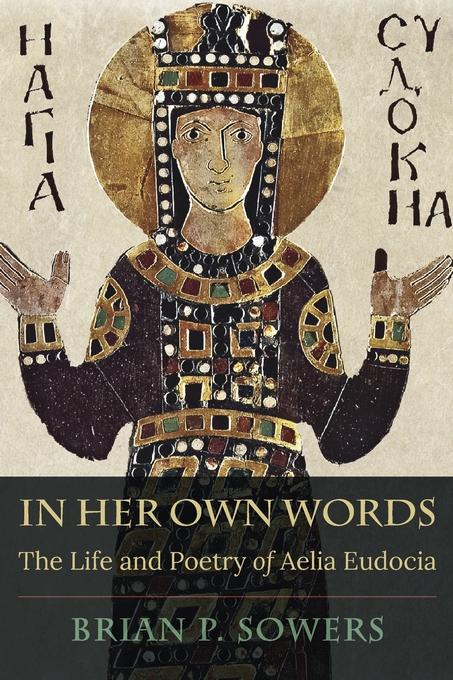

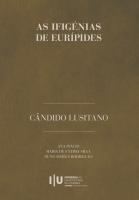

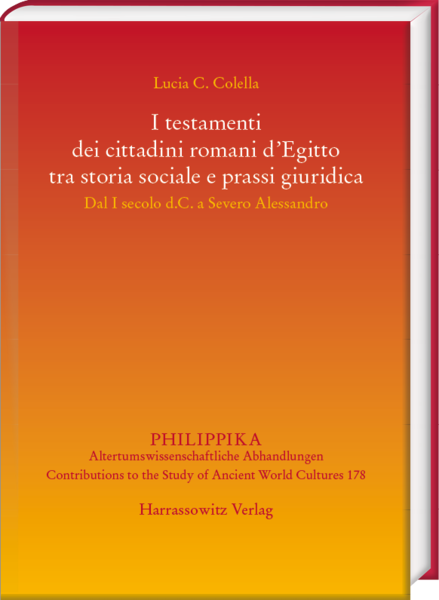

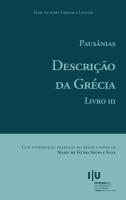
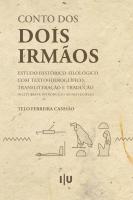
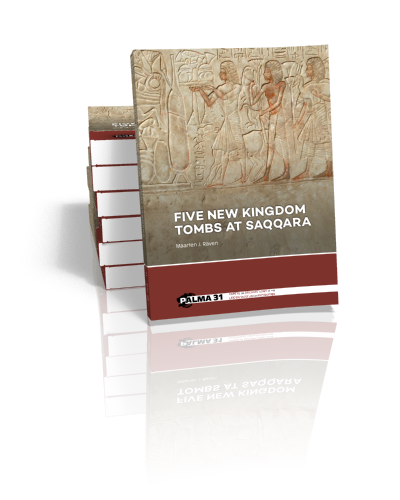
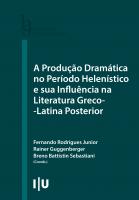
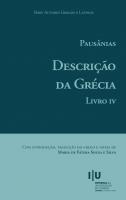
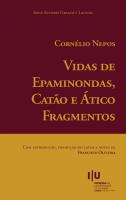
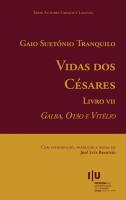
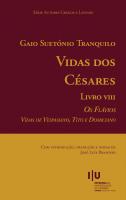
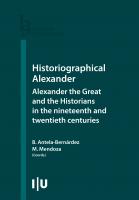









 Stumble It!
Stumble It!
